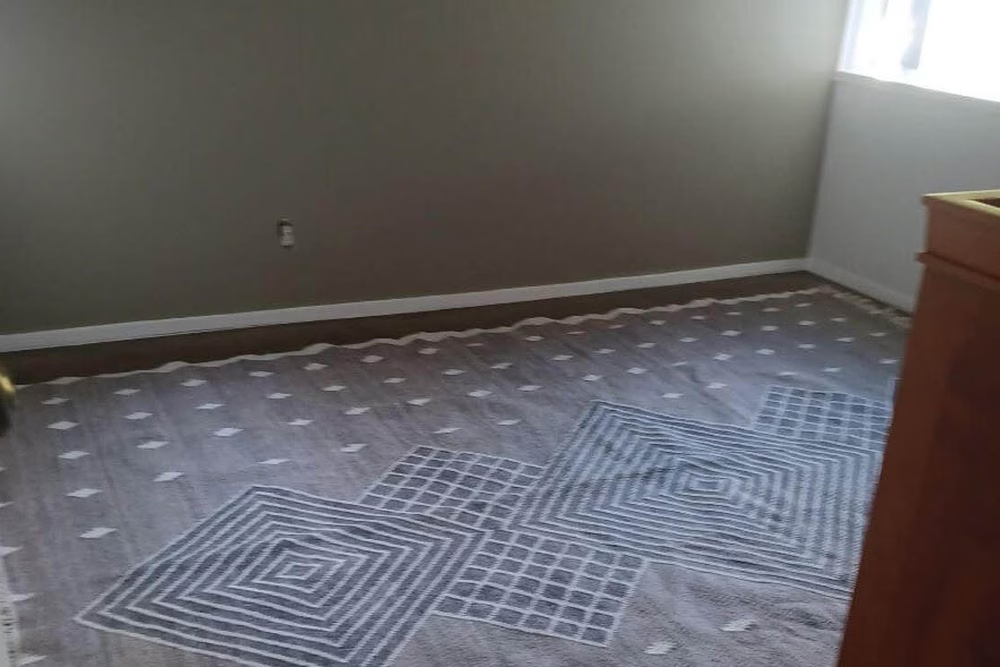Water-damaged carpets can develop persistent odors due to mold, mildew, and bacteria growth. If left untreated, these smells can worsen and even lead to health risks. Whether you’re a homeowner or a commercial property owner in Los Angeles, knowing how to tackle carpet odor effectively is crucial.
In this guide, we’ll explore DIY solutions and professional restoration services to eliminate carpet odors from water damage.
Common Causes of Carpet Odor After Water Damage
When carpets absorb moisture, it creates a breeding ground for bacteria and fungi. Here are the primary culprits behind the musty smell:
Mold & Mildew Growth – Humidity in Los Angeles can accelerate mold formation in damp carpets.
Bacteria Buildup – Dirty water introduces bacteria, leading to foul odors.
Soaked Carpet Padding – Moisture trapped beneath the carpet pad can take longer to dry, causing lingering smells.
Old Water Damage – If previous water exposure wasn’t properly dried, the carpet may still hold moisture, leading to recurring odors.
DIY Methods to Remove Carpet Odors
If the water damage is minimal, you can try these DIY odor removal techniques before seeking professional help.
1. Dry the Carpet Completely
Use fans, dehumidifiers, or open windows to enhance airflow.
A wet/dry vacuum can extract excess moisture.
If the padding underneath is soaked, replacement might be necessary.
2. Apply Baking Soda
Sprinkle a generous amount of baking soda over the affected area.
Let it sit overnight to absorb moisture and odors.
Vacuum thoroughly the next day.
3. Use White Vinegar Solution
Mix equal parts of white vinegar and water in a spray bottle.
Lightly mist the carpet to neutralize musty smells.
Allow it to air dry.
4. Steam Cleaning
A steam cleaner can help remove deep-seated bacteria and odors.
Use a mild detergent for better results.
5. Activated Charcoal Absorption
Place bowls of activated charcoal near the affected carpet.
It helps absorb lingering odors naturally.
When to Call a Professional Carpet Restoration Service
DIY methods can help with mild odors, but severe water damage often requires expert intervention. Here’s when you should hire a professional:
Mold Growth Is Visible – Mold spores can spread rapidly and pose health risks.
Persistent Odor Remains – If DIY solutions fail, there may be deep-seated damage.
Extensive Water Damage – Large-scale flooding or prolonged moisture exposure needs expert drying techniques.
Health Symptoms Appear – If occupants experience allergies or respiratory issues, it’s best to seek professional help.
Professional Carpet Odor Removal by Advanced Restoration & Construction
At Advanced Restoration & Construction, we offer specialized water damage restoration to eliminate odors at the source. Our process includes:
Comprehensive Moisture Inspection – We identify hidden water damage.
Industrial-Grade Drying Equipment – We use high-powered fans and dehumidifiers for thorough drying.
Anti-Microbial Treatment – We apply mold inhibitors to prevent regrowth.
Deep Carpet Cleaning – Our advanced cleaning techniques restore freshness.
How Los Angeles’ Climate Impacts Carpet Odor
Los Angeles experiences mild winters and humid summers, which can worsen water damage-related odors. High humidity levels promote mold growth, making quick action essential. Earthquakes, storms, and plumbing leaks can also contribute to water damage.
Preventing Future Carpet Odors
To avoid recurring issues, follow these tips:
Fix leaks immediately to prevent excess moisture.
Use a dehumidifier to maintain indoor humidity below 50%.
Schedule professional carpet cleaning every 6-12 months.
Ensure proper ventilation in areas prone to dampness.
Faqs
Carpets can start developing a musty smell within 24-48 hours if moisture isn’t properly dried.
Essential oils can mask odors temporarily but won’t remove the root cause of the smell. Proper drying and deep cleaning are necessary.
Yes, mold can grow beneath the carpet or padding. Professional inspection ensures hidden mold isn’t affecting indoor air quality.
If the padding is heavily soaked or smells musty, replacement is the best option to prevent mold growth.
Dry spills immediately.
Improve ventilation in damp areas.
Use anti-microbial treatments after cleaning.

